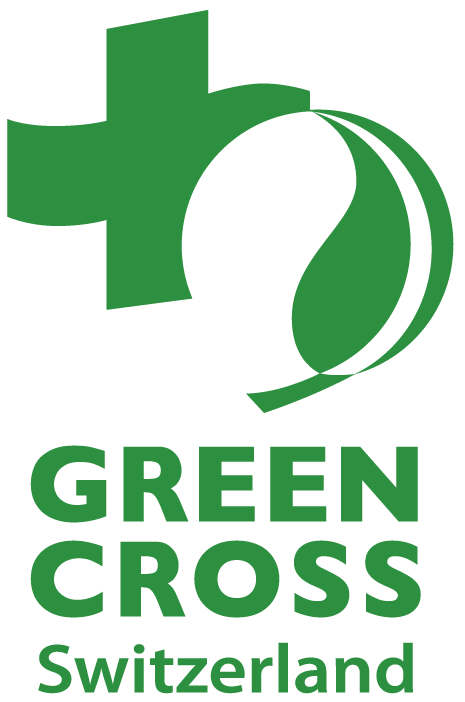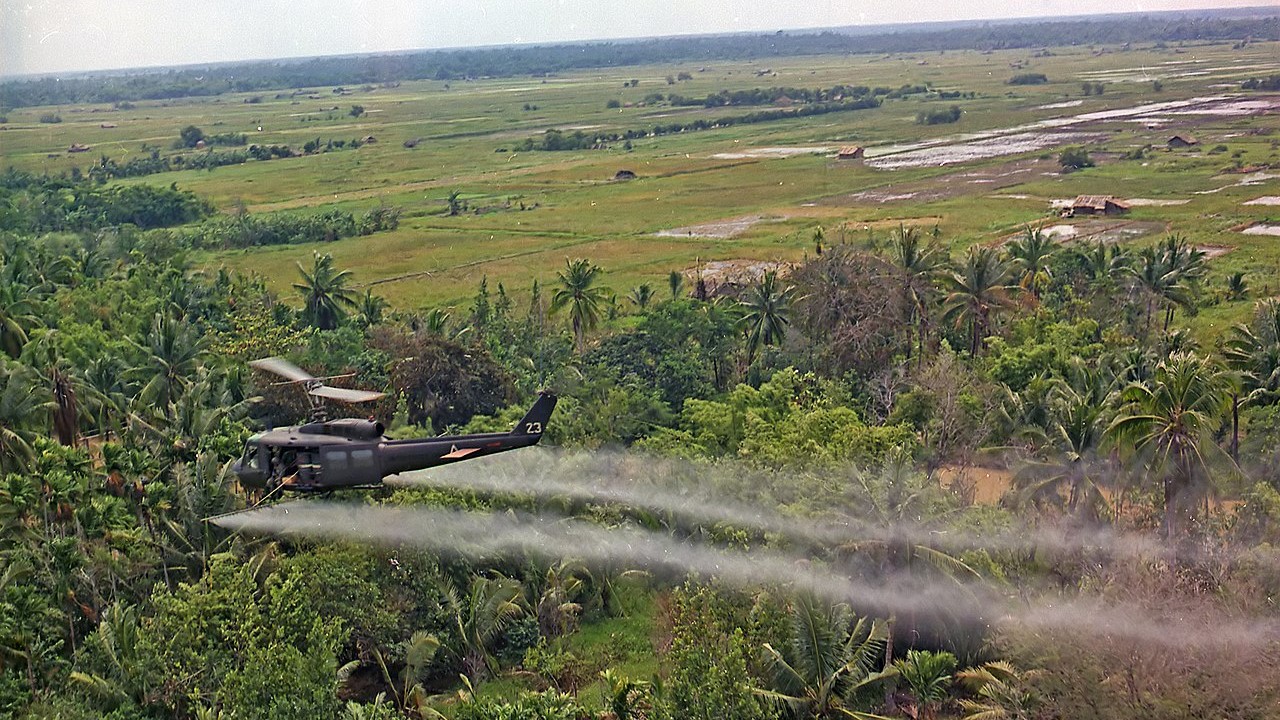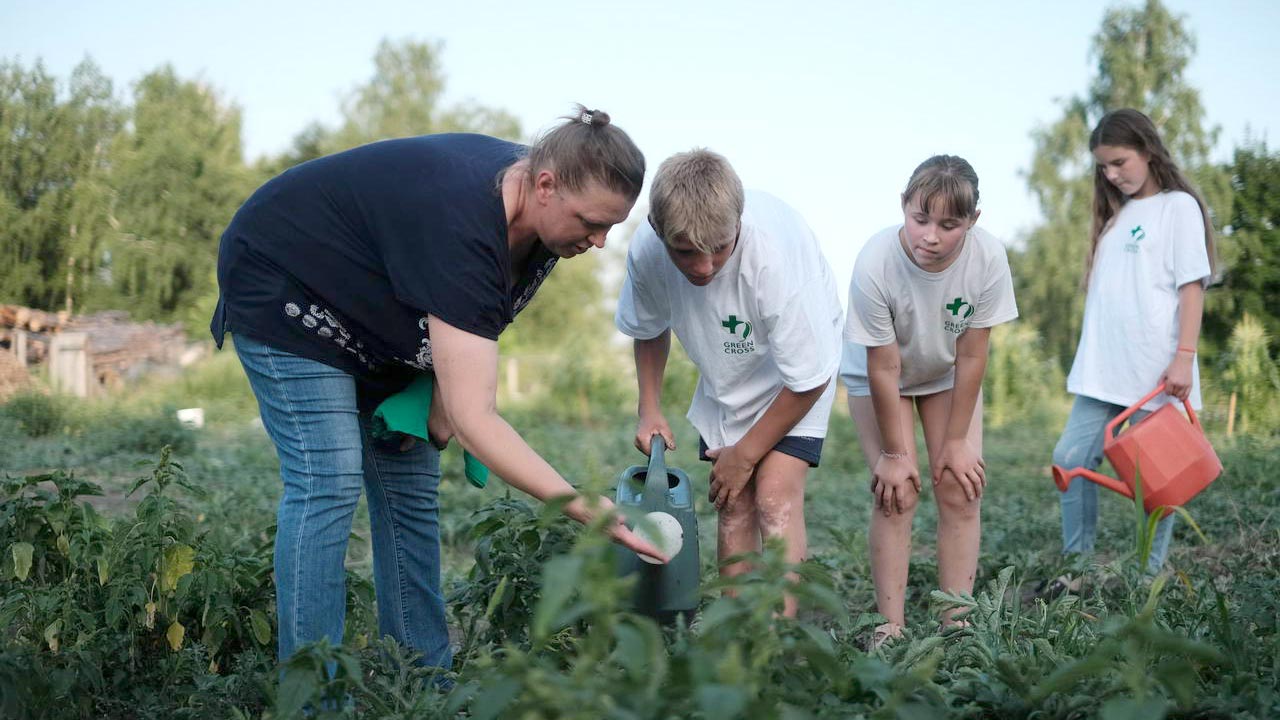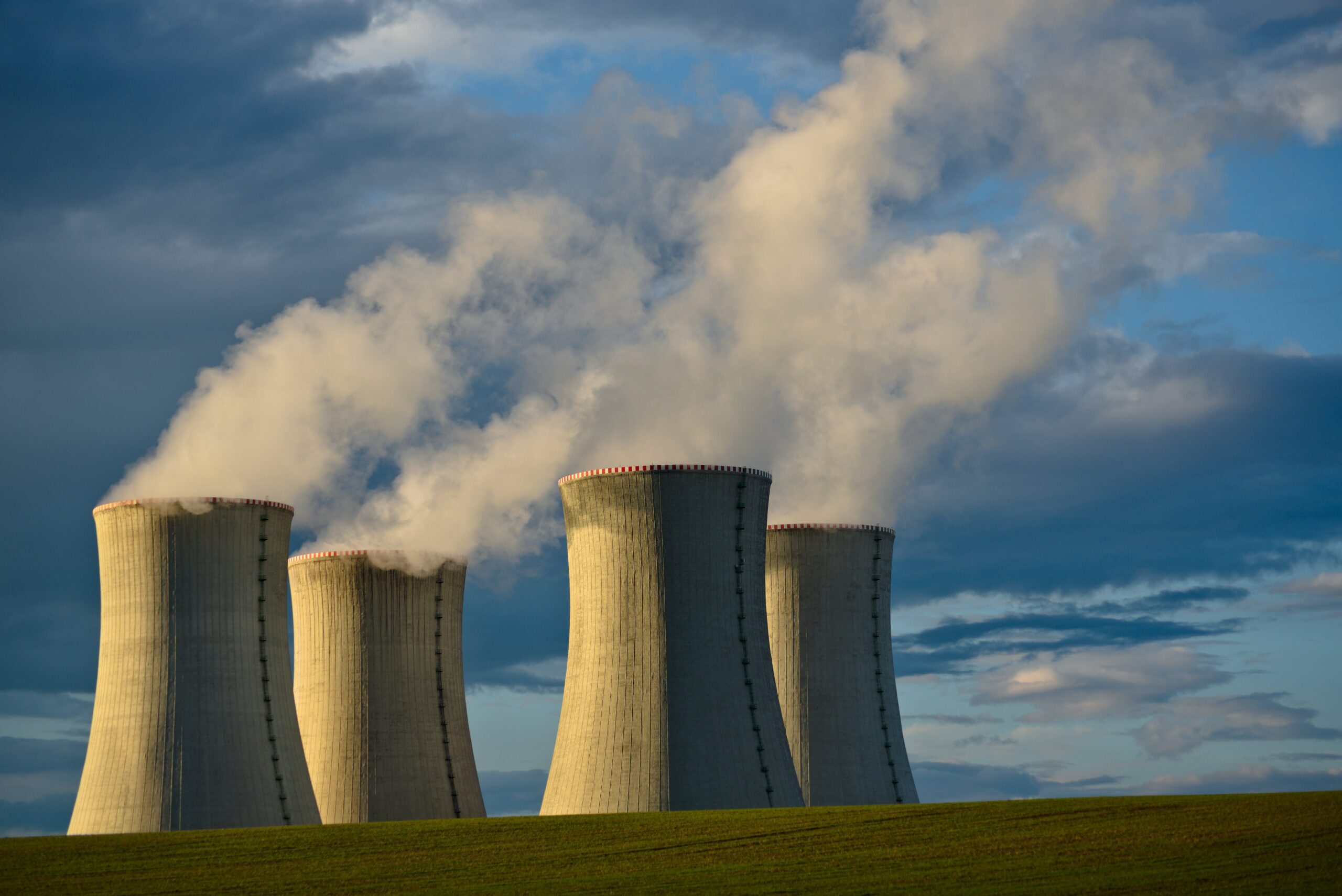International Agent Orange Memorial Day
On August 10, the world remembers the victims who were hit and affected by the use of the defoliant “Agent Orange” during the same day of 1961 to 1971. In the midst of the Vietnam War, U.S. troops used the herbicide to uncover hiding places of the North Vietnamese armies, which were protected by the jungle. On the other hand, the highly toxic substance was used to try to destroy crops that could feed army personnel.
Agent Orange unfortunately had an aggressive effect on those affected and on the local environment. The after-effects of its use can still be felt today. Even small amounts of a component of Agent Orange, called tetrachlorodibenzodioxin (TCDD), can lead to cancer, organ damage or malformations in children. Among Vietnamese, exposure to Agent Orange is accordingly believed to be the cause of an unusually high number of miscarriages, skin diseases, cancers, birth defects, and congenital malformations that have occurred since the 1970s.
The Vietnamese Association of Victims of Agent Orange estimates that there are more than three million victims of Agent Orange, and hundreds of thousands of Vietnamese and U.S. military personnel are suffering from the long-term effects of the herbicide. The U.S. has so far made only small contributions to improving the situation; its support is primarily for its own veterans.
To ensure that the consequences for victims of Agent Orange are not forgotten, Vietnam introduced the Agent Orange Memorial Day, which is supported by many NGOs, social institutions or individuals. It is also an opportunity for different communities – from Vietnamese, to American soldiers, to family members of those who lost their lives – to come together to support all those who continue to suffer from the effects of Agent Orange.
Green Cross Switzerland has therefore been committed to the victims of Agent Orange for more than 20 years and tries to alleviate the suffering of those affected. For this reason, Green Cross Switzerland is also committed to Agent Orange Day and would like to commemorate all victims of the defoliant. The commitment to those affected will continue to be an important goal in the work of the foundation.










